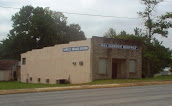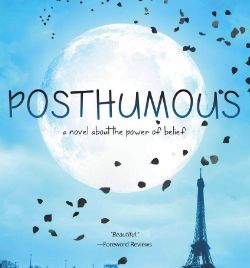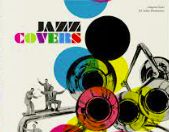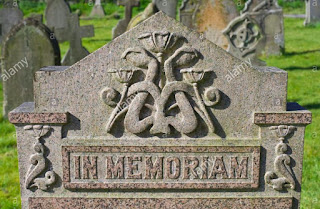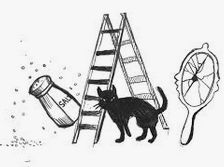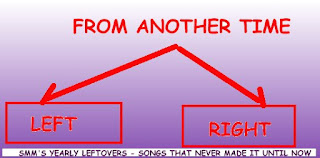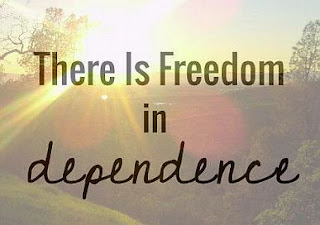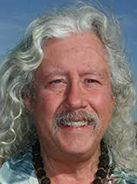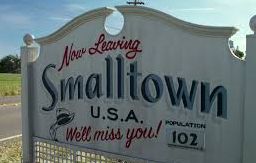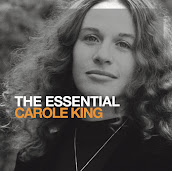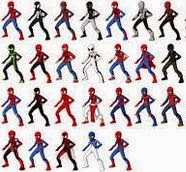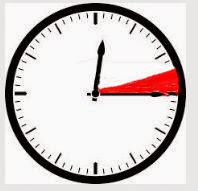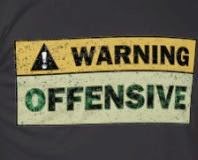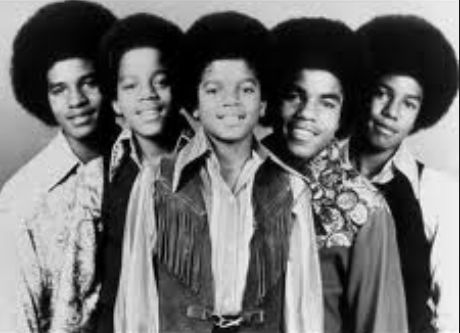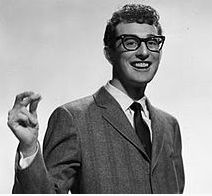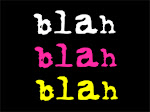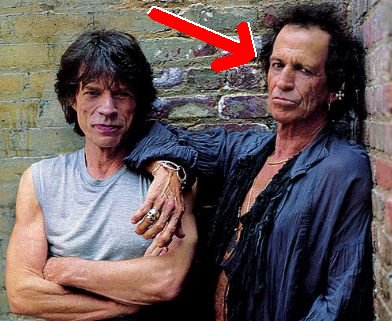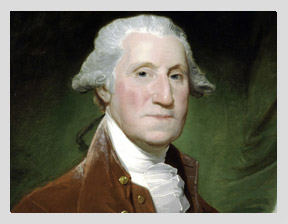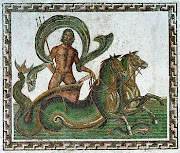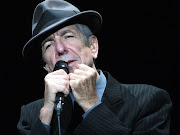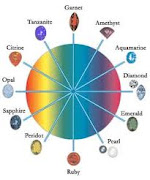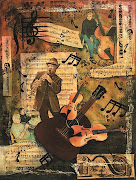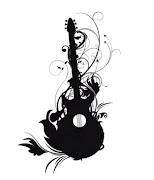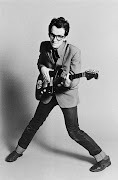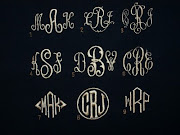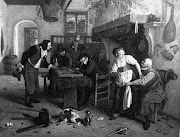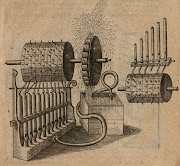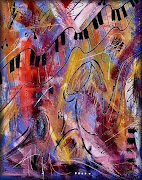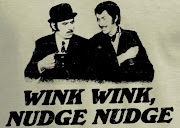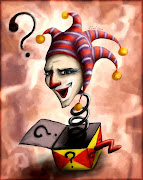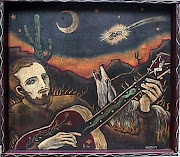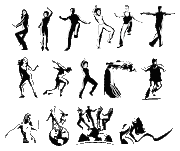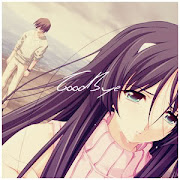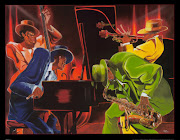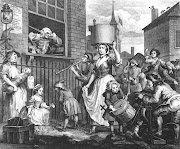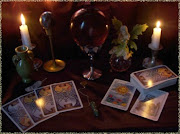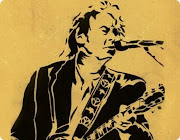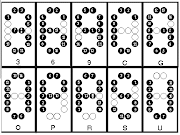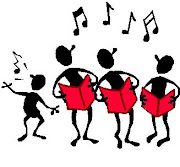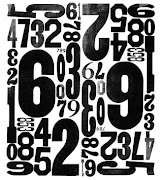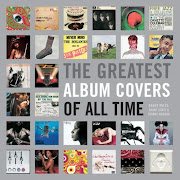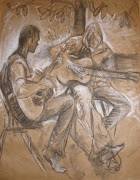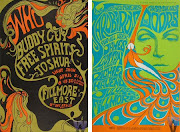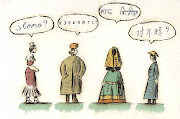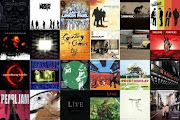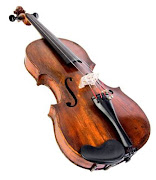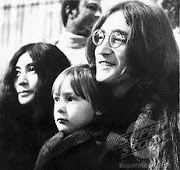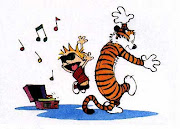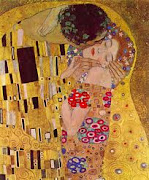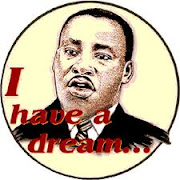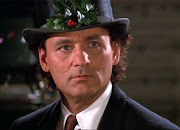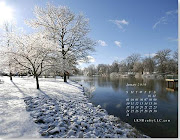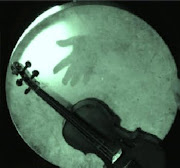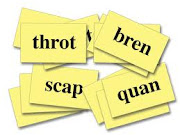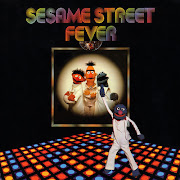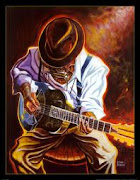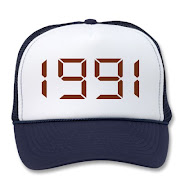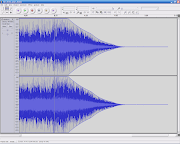How the time flies—October, already? For those of you living in normal climates, you are probably starting to see changing leaves and cooler temperatures. Hope so. I live in the desert now, so I wake each day to varying degrees of scorching hellishness. Luckily, I have music to ease me though the weather until the inevitable winter cool off. I listen to a lot of country now that I live in the desert, as the landscape—varying degrees of sandy browns and beiges—just seems to fit.
Which, in a roundabout, trying to force a connection kind of way, brings us to my song choice for this week’s theme—true stories. Here, then, is a desert song—a Texas band doing a Texas song with a vaguely Eastern cosmopolitan swing, that oscillates over a funky piano line set to a tin drum lifted from a scratchy 78” vinyl, that climbs up and down the scales, a wandering, ballad that hides a truly sad story beneath that finger-snap veneer. Fastball’s “The Way” was a mega-hit in the late ‘90s, a staple of alt-radio for years. It remains their only real hit, and can serve as an apt definition of the term ‘one-hit-wonder’: “Hey, who was that band that did that song, you know, the one that goes like…”
I always thought "The Way" was an interesting song: musically, it was unique to the alt-explosion sound of the late 90s, most of that being Pearl Jam rip-offs like Creed and Stone Temple Pilots, or worse, pop-punk with the substance and energy of a rubber ball in a dwindling up down up down up down 3 minute shuffle. You remember 90s radio—it was full of do nothing bands, sandwiched between the stalwart sounds that will always be “the 90s”. Fastball, on this track at least, sounded as if they were channeling a much earlier era, mono, AM radio scratch and pop, some slick haired crooner making blinky eyes at a starlet, as they both flit around in the herky-jerky sped up motion of an early “talkie.” The vocals start out in a strange mono, with an AM radio scratch and pop track starting the song, and the guitar is simultaneously spit-fire modern and married to nostalgic bygone pop hooks, winks included, but not for irony’s sake.
“The Way” was a unique track, probably better than a lot of what was getting spun on alternative radio at the time, but it was easy to overlook that: like a lot of good songs, the less is more commandment was violated to a shake your head in shame degree and “The Way” went from fun and quirky to goddamn annoying. I'm talking about being overplayed: “This song again? Turn it!” Which is too bad—Fastball has a lot of really interesting music, but for the average mainstream listener, their knowledge of the band stops at “The Way”—me included. I started doing a deep listen to write this article and what struck me most was how bad radio can be for an artist. “The Way” was a massive crossover hit for the band, which was great for them, but it was their only one. Radio didn’t touch Fastball after 1998, yet here they are, still cranking out music. I suppose the death of radio, while drawn out and painful and pretty much unending, is sad, but it’s given way to musical libraries has enabled people to listen to music like researchers, in pursuit of deeper truth. Thank you, Spotify, for making my musical life such a richer, more fulfilling experience.
Back to “The Way.” Disguised behind that rich piano march and sunny-sounding disposition, is a true story, one that is a mysterious tragedy. The song does what fictional re-creations do best: takes a story with few details, and imagines what led to the one part of the plot that we know: the end. Frustratingly clueless as to the who, the why, the what, the denouement can be haunting if we can’t connect the exposition to the rising action and follow it all along the plot arc. This story in particular is a tragic one: Lela and Raymond Howard were an elderly couple from Saldano, Texas who disappeared June 29, 1997 after leaving their home bound for a festival a mere 15 miles away. They were found two weeks later, in Arkansas, over 500 miles from their original destination, both dead in their car, at the bottom of a ravine. The original article chronicling their disappearance appeared in the Austin Statesman and while the story is tragic, Fastball’s Tony Scalzo turned the tale into a sort of mystic fairy tale of two people hitting the road and finding happiness by leaving all they know behind. In the song, the couple doesn’t die, but ends up in a kind of ethereal, other world happiness, having discovered that freedom that comes with enlightenment, or stumbling on a path to a place where nothing real is real anymore. It speaks most directly to the fantasy of just ditching the keys and walking off into a metaphorical sunset. Sadly, those kind of wandering off to nowhere stories, in real life, never end well. The real life protagonists of this story were elderly and ill: Lela was suffering from Alzheimer’s and Raymond was recovering from recent brain surgery. Worse yet, they were stopped twice by police on their odyssey—once for driving without their headlights on, once for driving with the high beams on, but neither police officer knew they had been reported missing and sent the couple on their way.
The search for the Howards stretched out over much of the southwest and included 11 states. The story went from local to national and was featured on the big network morning shows . In their home, it was reported that the couple had laid out clothing, as if to pack, and unplugged the television. However, they had left everything behind, including their cat, who was named “Happy”. The author of the original article stated that: “The Howards were in their 80s and both had been exhibiting cognitive impairments, so the scene in the house didn't seem to bode well. When I found out the cat they left behind was named 'Happy,' the melancholy spoke for itself.” What made things worse as they were sighted multiple times in that first day, not just by the police, but by a coffee shop attendant and someone at their local Walmart. It seemed, they were lost, but they weren't really lost. It is sad to think that perhaps they were wandering, perhaps they weren't lost, in that traditional, panicked sense of not knowing where you are, but worse, not knowing where to go. Maybe that singular sense of desperation hadn't kicked in and they were on their own adventure?
When the Howards were finally found, as I said, it was at the bottom of a ravine, where Lela had driven the car off a cliff, but the wreckage was obscured by vegetation. Raymond was still in the car; Lela had made it out of the crash, taken her purse and gone over to Raymond, and apparently tried to remove him from the car. She then walked away from the wreck and made it a short distance before succumbing.The crash had occurred on that first night on the road, which strikes me as even sadder. All that time, missing, but already gone. And the song’s refrain, “Where were they going without ever knowing the way”, while cheery and happy go lucky when set to a tune, takes on an entirely different sense when you look at it as question that can’t really be answered in real-life. Where were the Howards going? How had they been allowed to keep going? And what were those last moments like? Were they happy, out there on the road, feeling a little of that giddy freedom that comes from being on the road, on the move; or were they lost and driving endlessly on to the hope of being found, that awful sense of panic that we get when we don't know where we are, tugging at their already frail constitutions? Part of me thinks: I'm glad they were together. I hope they knew that and were happy, and that they never really knew they were lost.





































